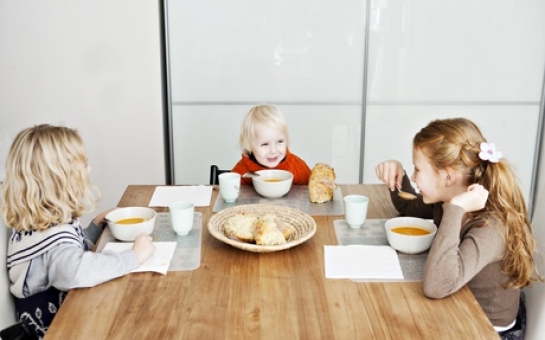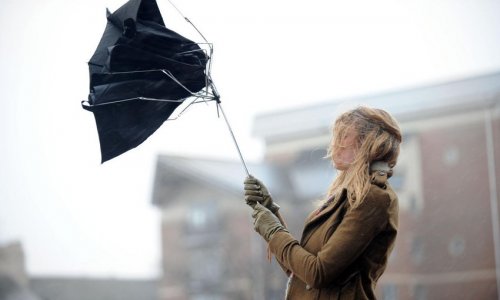Even without elaborately arranged silverware and starched napery, setting the table still has a lot going for it. In fact current thinking seems to be that family eating could have a positive impact on teaching good eating practices and could, therefore, contribute to fighting rising obesity in the UK. The ritual of cutlery placing is part of family eating; it tells the kids that food is coming and involves them in the process. There is also something about the arranging and the correctness of table setting that appeals to children, a bit like doing jigsaws.So, it might seem obvious, but encouraging these rituals, and a grown-up attitude to food, can only help in setting your kids on a path to healthy eating.Using knives and forksMore important than positioning is what you give your children to use. There's a lot to be said for small-size metal cutlery. Small-size plastic cutlery is useless. Last year, the Soil Association's "Out to Lunch" survey of children's food in restaurants found that only one chain offered proper children's cutlery. Once they are past the point of hurting their toothless gums with metal spoons, do children really need to have everything made of brightly coloured plastic, emblazoned with cartoon characters? Which brings me to …GlassesI take the rather radical view that water glasses should be made of glass. Obviously I mean for children who are past the throwing-on-the-floor stage, but glass is so much less tippable than plastic and it doesn't taste sinister. Montessori practitioners claim that using "real" glasses and crockery shows children that they are trusted and teaches them gentleness and care. Even if you don't buy into those ideas, real plates and glasses are what you want your children to end up using at some point, so why not bring them to the table as soon as possible? Those with tiled floors might take a different view of course!JugsIn order to fill the glasses, the next thing you need on the table is a jug. Any jug will do, but if you want to encourage water drinking – and I do, seeing as my son seems to be on a permanent mission to dehydrate himself – I'd suggest you consider a "glug fish". Again, the art of careful pouring is a good thing for children to learn and even very young children can be helped to pour their own water. If you want to avoid a flood, you can always have a small jug with not much in and it'll still encourage independence.Serving dishes and utensilsA recent study suggested that allowing children to serve themselves teaches them about portion size and about listening to their own hunger. It's an obvious point really, but perhaps these skills are being lost. Asking kids to help themselves to food, rather than getting into the torture of "five more mouthfuls" has got to be a good plan. If you have very little ones, you might consider using tongs instead of serving spoons; for some reason children find tongs a lot of fun, especially for serving sausages.PlacematsEveryone loves a placemat. They add a neatness and wipability to the table and give the kids the opportunity of having a "favourite placemat". A friend tells me of her fond memories of her grandmother's table setting drawer, full of cutlery, napkins and placemats with vintage car prints. "I always found them so evocative," she says, "I have an appalling memory, but I can still picture every detail of those placemats." There is something comfortingly nostalgic about placemats, especially ones from charity shops showing scenes of idyllic villages. Another good option to help with table setting are the ones printed with outlines of knives and forks.So, next time the table needs setting, get the kids to do it; maybe even give them a free rein. At the very least you will end up with an amusingly eccentric collection of eatingware. But over time it might just possibly have a positive impact on family mealtimes, and in my book that has to be worth the effort …(theguardian.com)ANN.Az
How to set a table to teach your kids good eating habits
Society
11:27 | 25.01.2014

How to set a table to teach your kids good eating habits
When I was a child, the call of "time to set the table", had a twin impact on me: the feeling of injustice at being made to stop playing, countered by the sweet anticipation of dinner. I always struggled to get the knife and fork the right way round – and still do for some reason. But the table was always set for dinner. Always! Fast forward a couple of decades, and is a set table still important? Or are we in the age of cutlery in a heap and cold plates, or of abandoning the table altogether?
Follow us !










